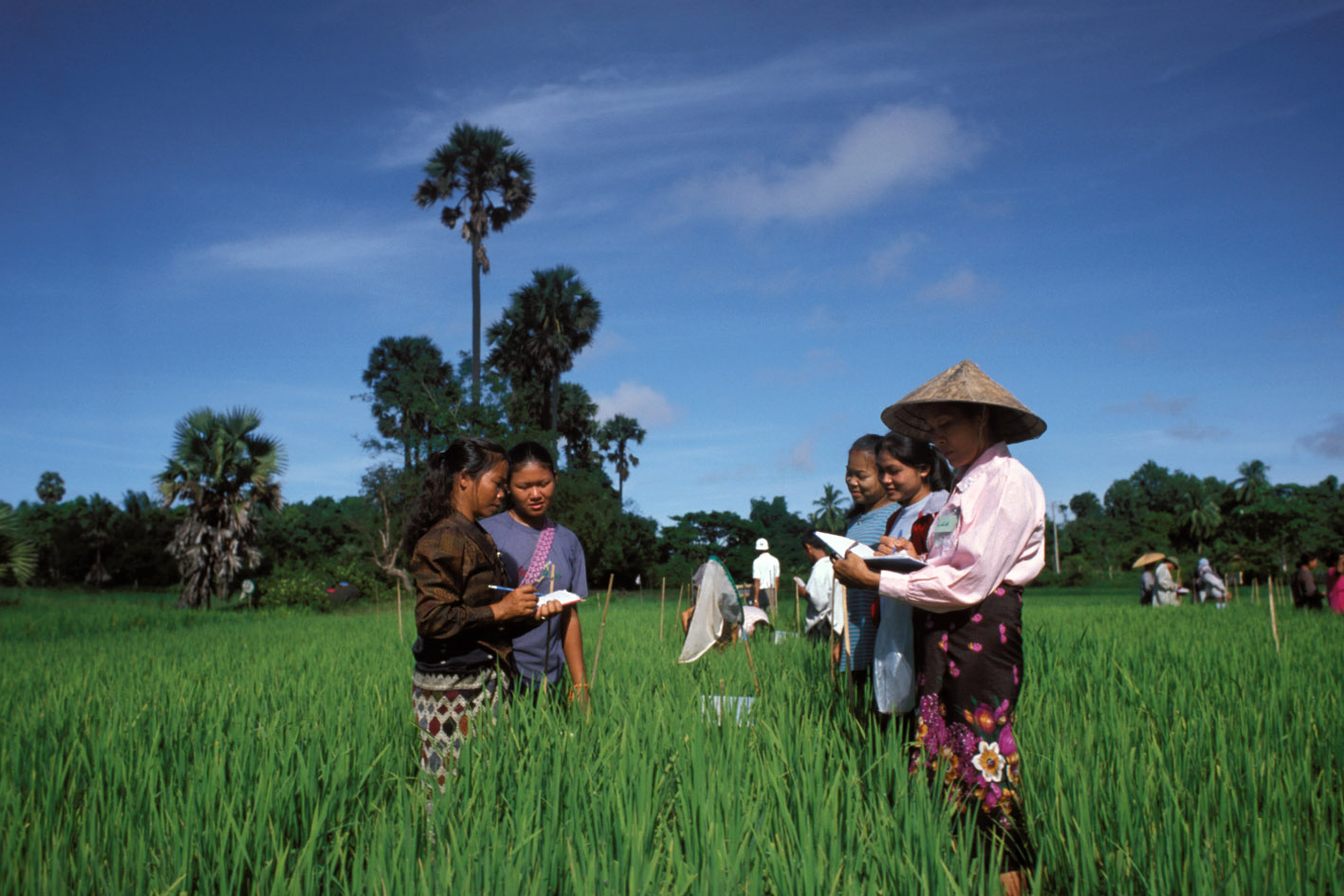Rural Capacity Building Project, Baseline Survey 2009
Ethiopia, 2009
Get MicrodataIdentification
ETH_2009_RCBP-BS_v01_EN_M_v01_A_OCS
Rural Capacity Building Project, Baseline Survey 2009
| Name | Country code |
|---|---|
| Ethiopia | ETH |
Other Household Survey [hh/oth]
The project commissioned two independent household surveys; the first one with field work in December 2009 / January 2010 and the other one at the end of the project.
Evaluating the Rural Capacity Building Project (RCBP) involves an examination of whether the capacity building of FTCs increased the use of extension services by women at the kebele, or neighborhood, level in both female-headed and male-headed households. To determine the effectiveness of the RCBP, this project explores female farmers' demand for extension advice and how it differs from male farmers' demand. Surveys asked women about their extension use and demand after the project had been implemented.
By analyzing baseline and endline surveys, a double-difference estimator can be used to assess the project's impact. Information on farmers' plots and livestock can be compared over time to determine the effectiveness of the project. Other information such as consumption, housing, and household assets can be analyzed over time to see the effect of the RCBP on any of these variables.
The Rural Capacity Building Project (RCBP) was launched in 2006 by Ethiopia’s Ministry of Agriculture and Rural Development (MoARD) to make agricultural services and systems more responsive to clients' needs. In particular, a goal is to make clients aware of economically viable and environmentally sustainable technologies and practices. The project aims to make improvements in five major areas: agricultural technical and vocational education and training, agricultural extension services, agricultural research, information and communication systems within the MoARD, and agriculture market institutions. The project also seeks to improve women's participation in the extension system and to provide insight on HIV/AIDS and environmental issues in the region.
Sample survey data [ssd]
Households
Scope
The Ethiopia Capacity Building Project (RCBP), Baseline Survey covered the following topics:
A. Identification (Geographic Area Identification)
B. Household Roster
C. Consumption [monthly and annual expenditures; finances and shocks; household assets; housing]
D. Access to Agricultural Extension Services [Farmer Training Centers; Development Agencies; Farmer Innovation Fund]
E. Plot Roster [crop production inputs; crop production and utilization]
F. Livestock
Coverage
Regional Coverage
The data are from a baseline survey used to gauge the progress of the RCBP that had been implemented two years prior in Ethiopia.
Producers and sponsors
| Name | Affiliation |
|---|---|
| Tigist Ketema | World Bank Africa Gender Lab |
| Niklas Buehren | World Bank |
| Name | Role |
|---|---|
| Canadian International Development Agency | Funding the study |
| International Development Association | Funding the study |
Sampling
The participating households were randomly chosen from the Amhara, Oromia, SSNP, Benshangul Gumaz, and Afar regions. The sample consists of 1,609 households from Ethiopia's Amhara, Oromia, SSNP, Benshangul Gumaz, and Afar regions. Among the 1,609 households, there are 1,136 male and 473 female respondents. Among these, 10 male respondents are not heads of their households, and 46 women are not heads of their household. Thus 1,172 households have a male head, and 437 households have a female head. The average size of a household is 6 people, mostly consisting of the household head, spouse, and children. The average age of a household head is about 44. Lastly, 1,008 household heads have no education and 596 have attended at least one year of school.
None
Data collection
| Start | End | Cycle |
|---|---|---|
| 2009-02-01 | 2009-12-01 | Baseline |
Data Access
Use of the dataset must be acknowledged using a citation which would include:
- the Identification of the Primary Investigator
- the title of the survey (including country, acronym and year of implementation)
- the survey reference number
- the source and date of download
Disclaimer and copyrights
The user of the data acknowledges that the original collector of the data, the authorized distributor of the data, and the relevant funding agency bear no responsibility for use of the data or for interpretations or inferences based upon such uses.
Contacts
| Name | Affiliation | |
|---|---|---|
| Brittany Hill | Africa Regional Office, The World Bank | [email protected] |
Metadata production
DDI_ETH_2009_RCBP-BS_v01_EN_M_v01_A_OCS_FAO
| Name | Affiliation | Role |
|---|---|---|
| Office of Chief Statistician | Food and Agriculture Organization | Metadata adapted for FAM |
| Development Data Group | The World Bank | Metadata preparation |
Metadata version
ETH_2009_RCBP-BS_v01_EN_M_v01_A_OCS_v01
